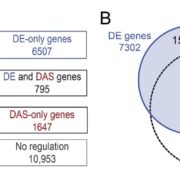
Alternative Splicing Plays a Major Role in Plant Response to Cold Temperatures
The Plant Cell, The Plant Cell: In BriefPlants in temperate regions experience near-freezing temperatures that allow them to develop a cold response prior to freezing. This cold acclimation process involves changes to chromatin structure, transcription, RNA processing, translation, post-translational modifications and protein stability. Genome-wide…
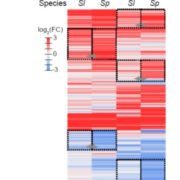
Regulatory Divergence in the Stress Response of Tomato
The Plant Cell, The Plant Cell: In BriefHumans have domesticated crops for thousand of years by artificially selecting plants for numerous traits including morphology, lower toxicity or higher yield. As a result, plant domestication often altered plant fitness and resistance to stress under controlled conditions (Meyer & Purugganan 2013).…

Nitrate Ahoy! Shoot Cytokinin Signals Integrate Growth Responses with Nitrogen Availability
The Plant Cell, The Plant Cell: In BriefNutrients are rarely distributed homogenously in soil. Consequently, plants have local and long-distance signaling systems in place to monitor and coordinate both demand and supply of essential macronutrients such as nitrogen (N). The “N-demand” long distance signal emanates from a section of the…

Is Genetic Evolution Predictable?
The Plant Cell, The Plant Cell: In BriefHow often does evolution repeat itself? When the same evolutionary strategy arises multiple times, how often are these strategies built on the same genetic foundations? Addressing this question allows us to understand the relative roles of constraint and contingency in the history of life, but (without…

Self Reflection- Personal Branding
BlogPart of the Self-Reflection; series by and for early-career researchers
Turn on the TV, browse the internet, or simply go outside. Branding is everywhere. What do you think of when you hear Nike? Lady Gaga? Are your thoughts about them positive or negative? Each is very different and has unique ways…

Self Reflection - Outreach Skills. The art of explaining your science in Public
BlogPart of the Self-Reflection; series by and for early-career researchers
Outreach is defined as “any scientific communication that engages an audience outside of academia” (Varner J., BioScience, 2014). Most scientists and scientists-in-training are aware of outreach as something that is included…
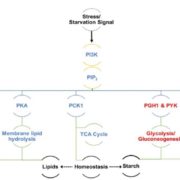
A Molecular Gatekeeper of Algal Biofuel Synthesis
Plant Physiology, Plant Physiology: On The InsideAlgae undergo a complete metabolic transformation under stress by arresting cell growth, inducing autophagy, and hyper-accumulating biofuel precursors such as triacylglycerols and starch. However, the regulatory mechanisms behind this stress-induced transformation are still unclear. Understanding the signaling…
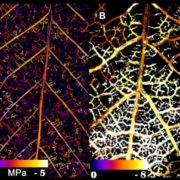
Low Xylem Vulnerability in Oaks
Plant Physiology, Plant Physiology: On The InsideUnder conditions of drought stress, the continuous column of water in the plant xylem experiences increasing tension caused by declining water potential at the sites of evaporation. Eventually, air is drawn into the water transport system, forming embolisms in the xylem conduits. Although plants have…
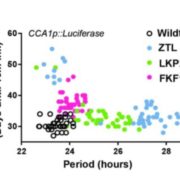
New Insights into the Molecular Biology of Plant Circadian Rhythms
Plant Physiology, Plant Physiology: On The InsideThe circadian clock is an endogenous timekeeper that synchronizes essential biological processes with the outside world. Eukaryotic clocks rely on the ubiquitin proteasome system to target core clock factors for degradation. Altering clock protein degradation can change the period length of the clock.…

